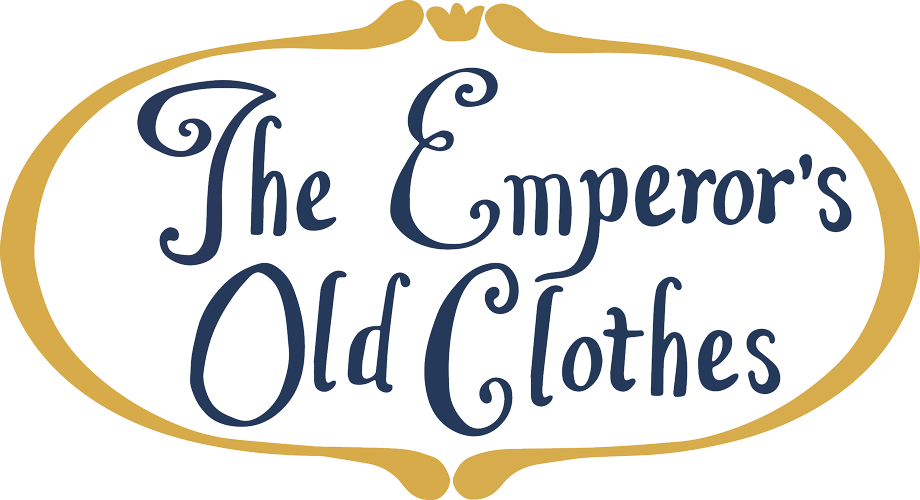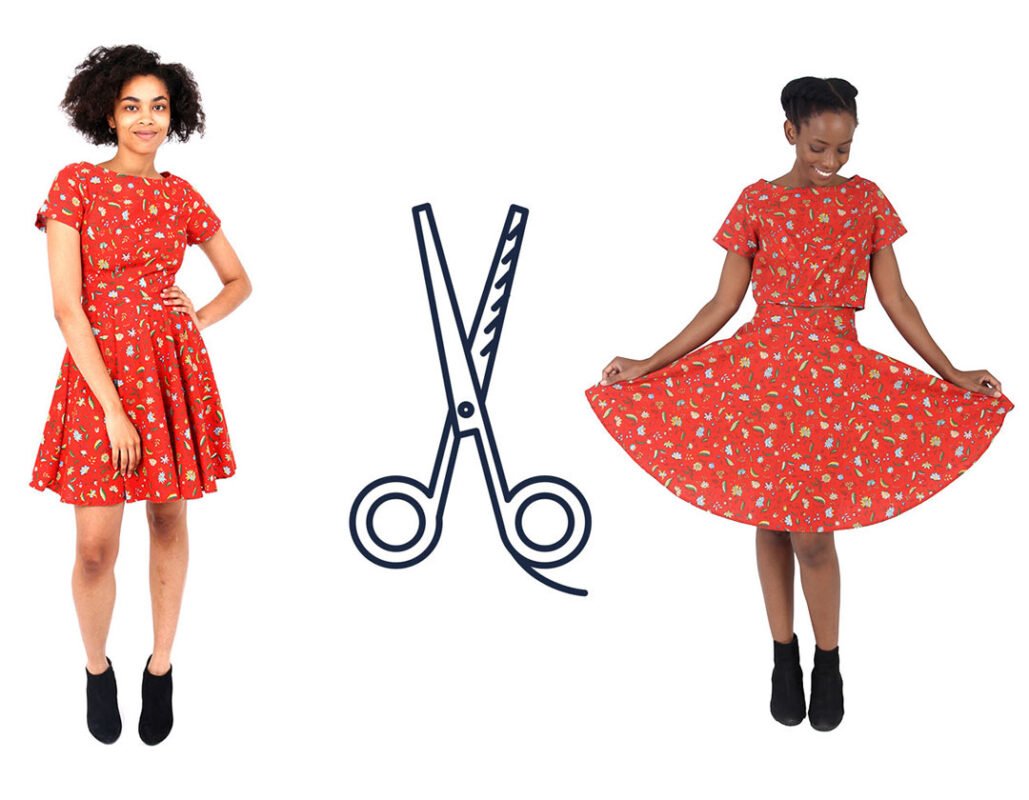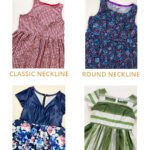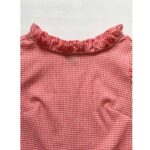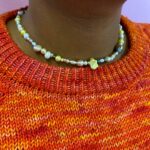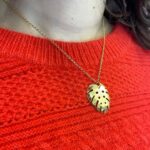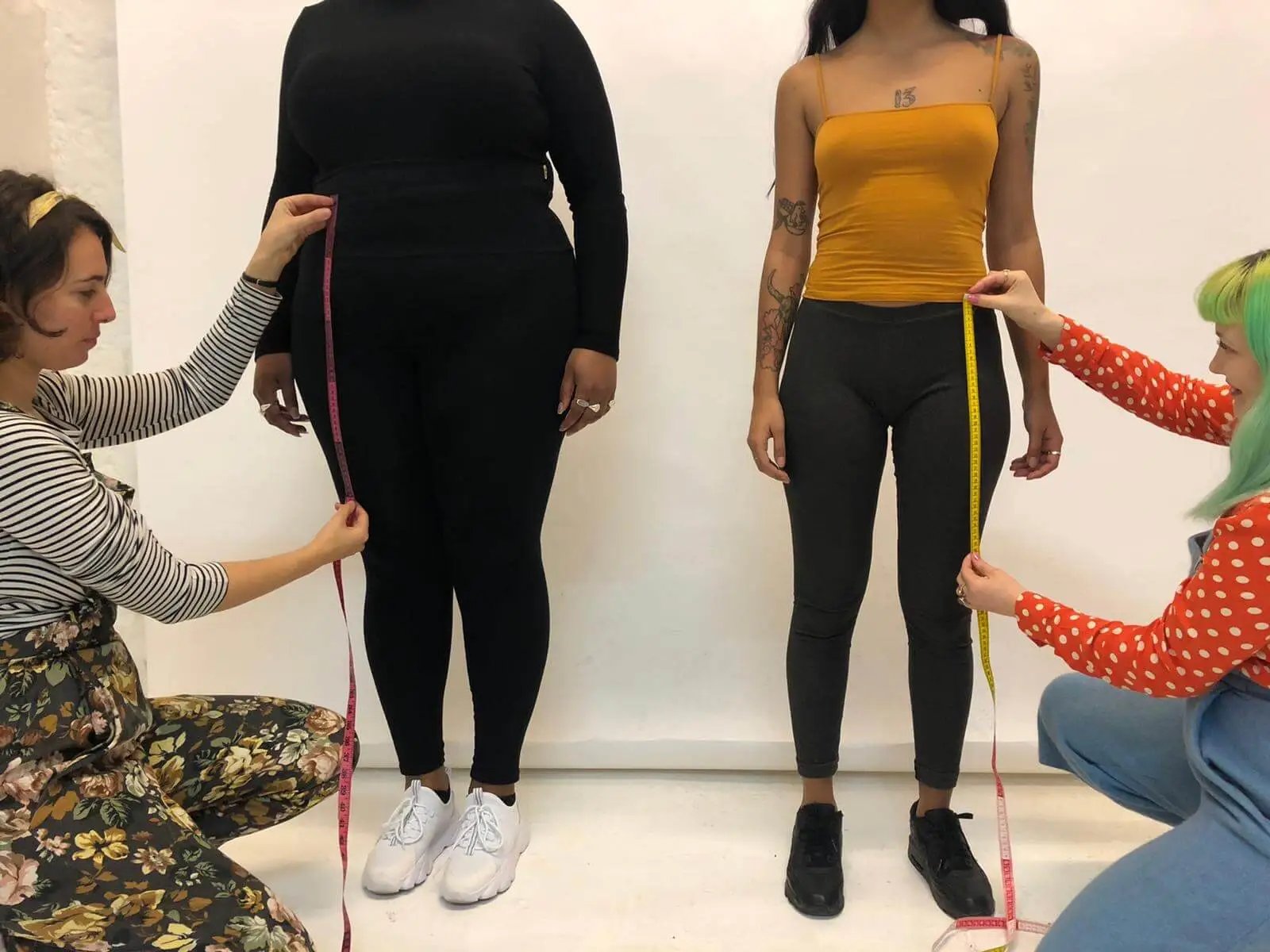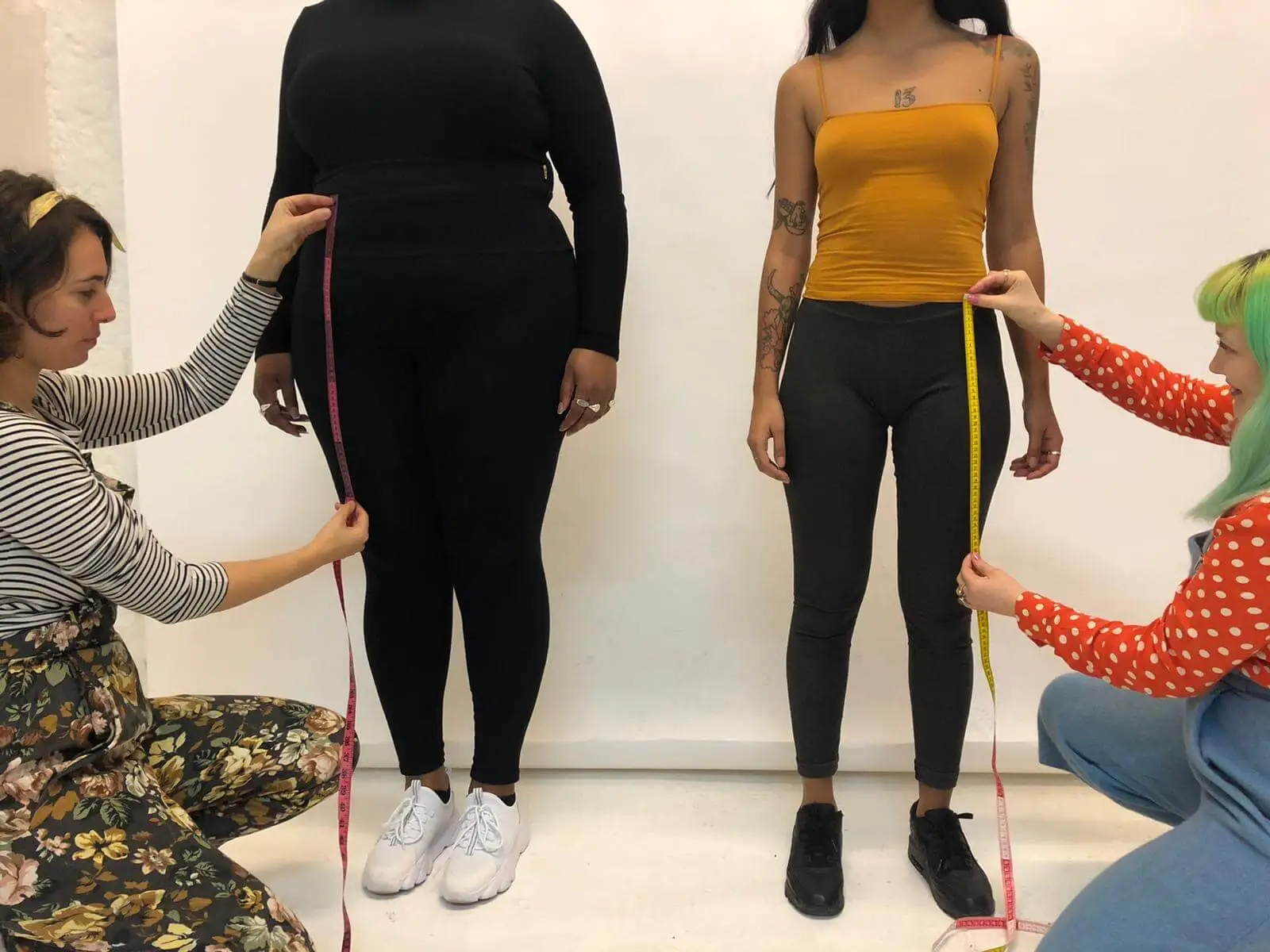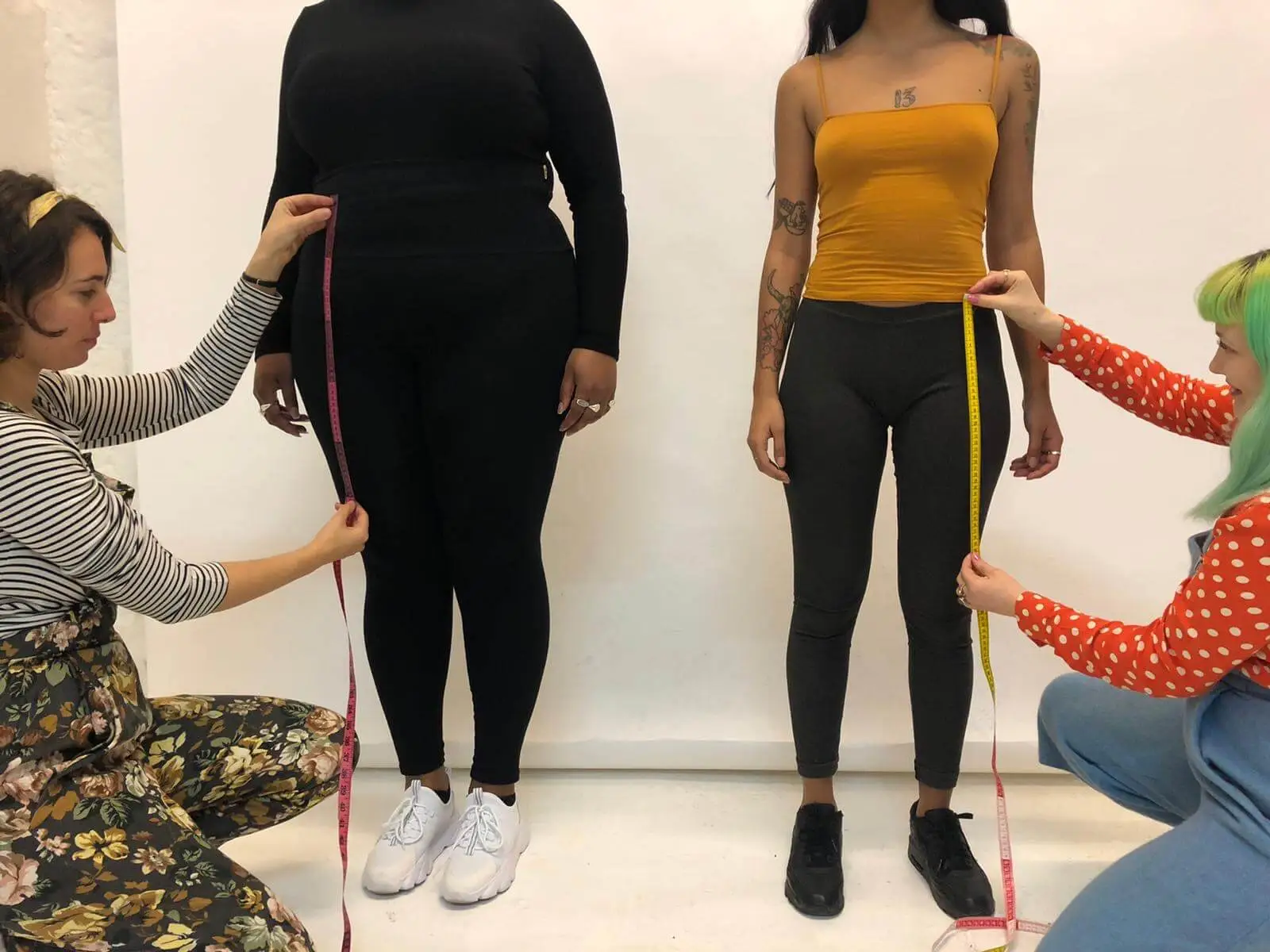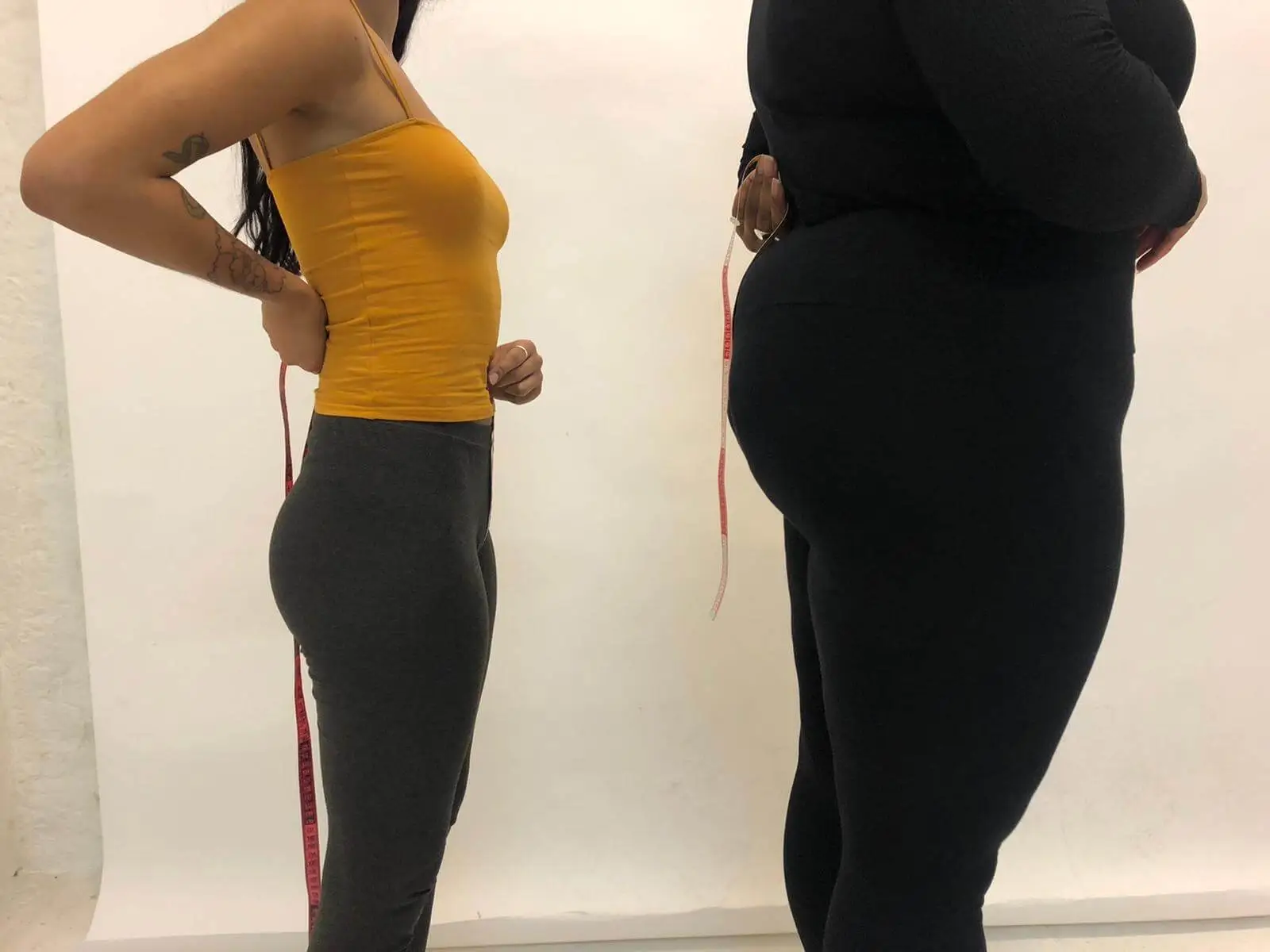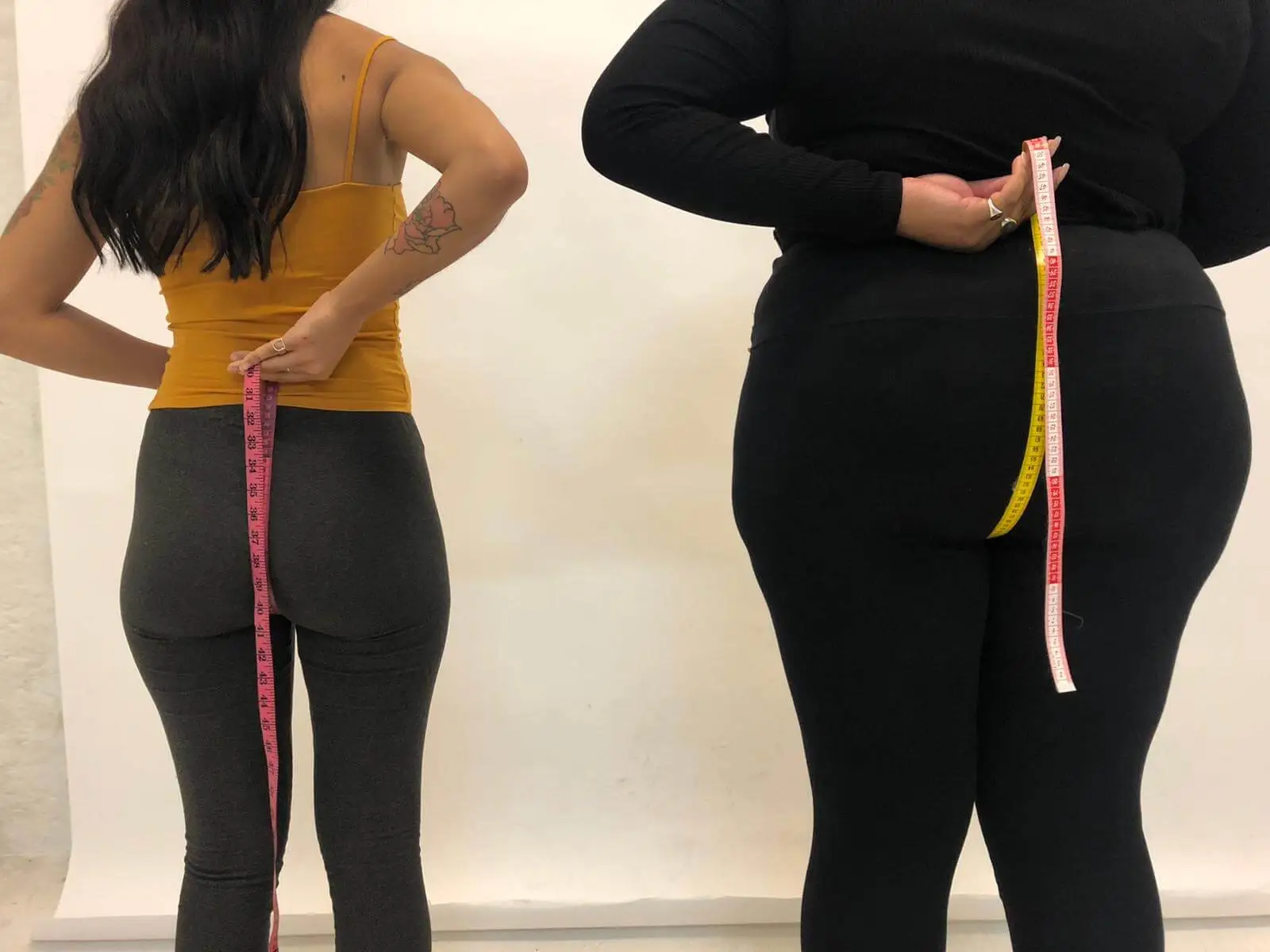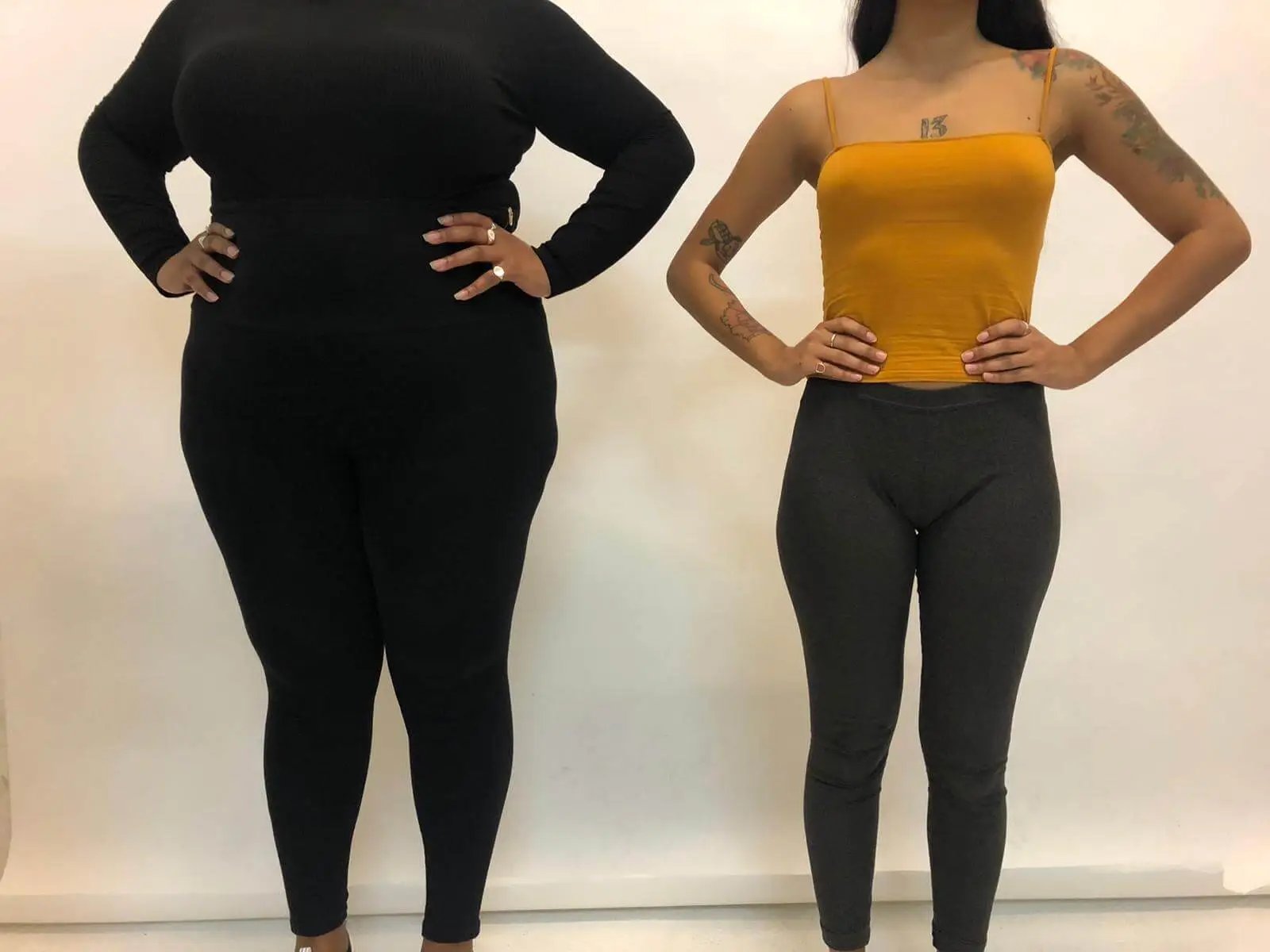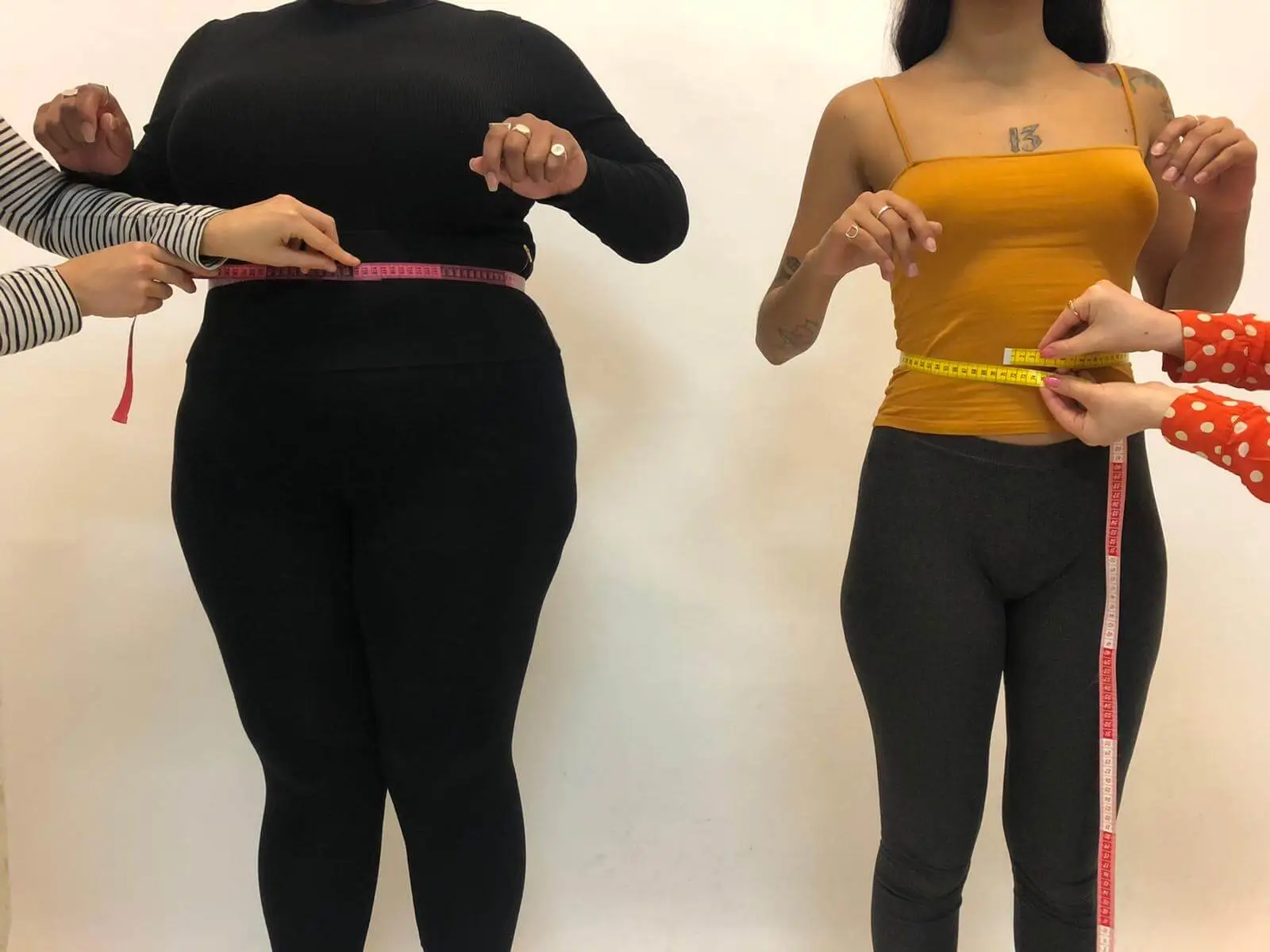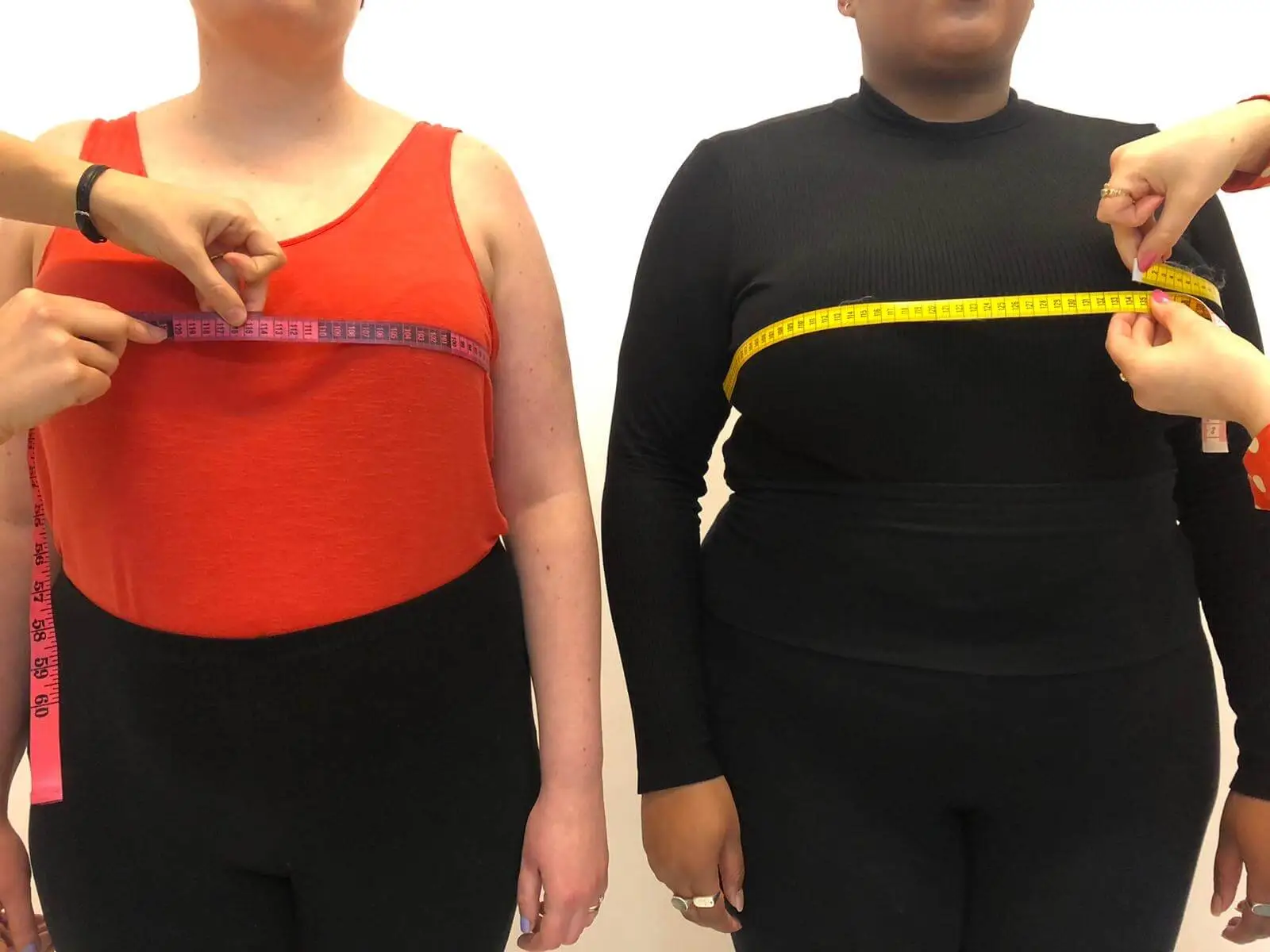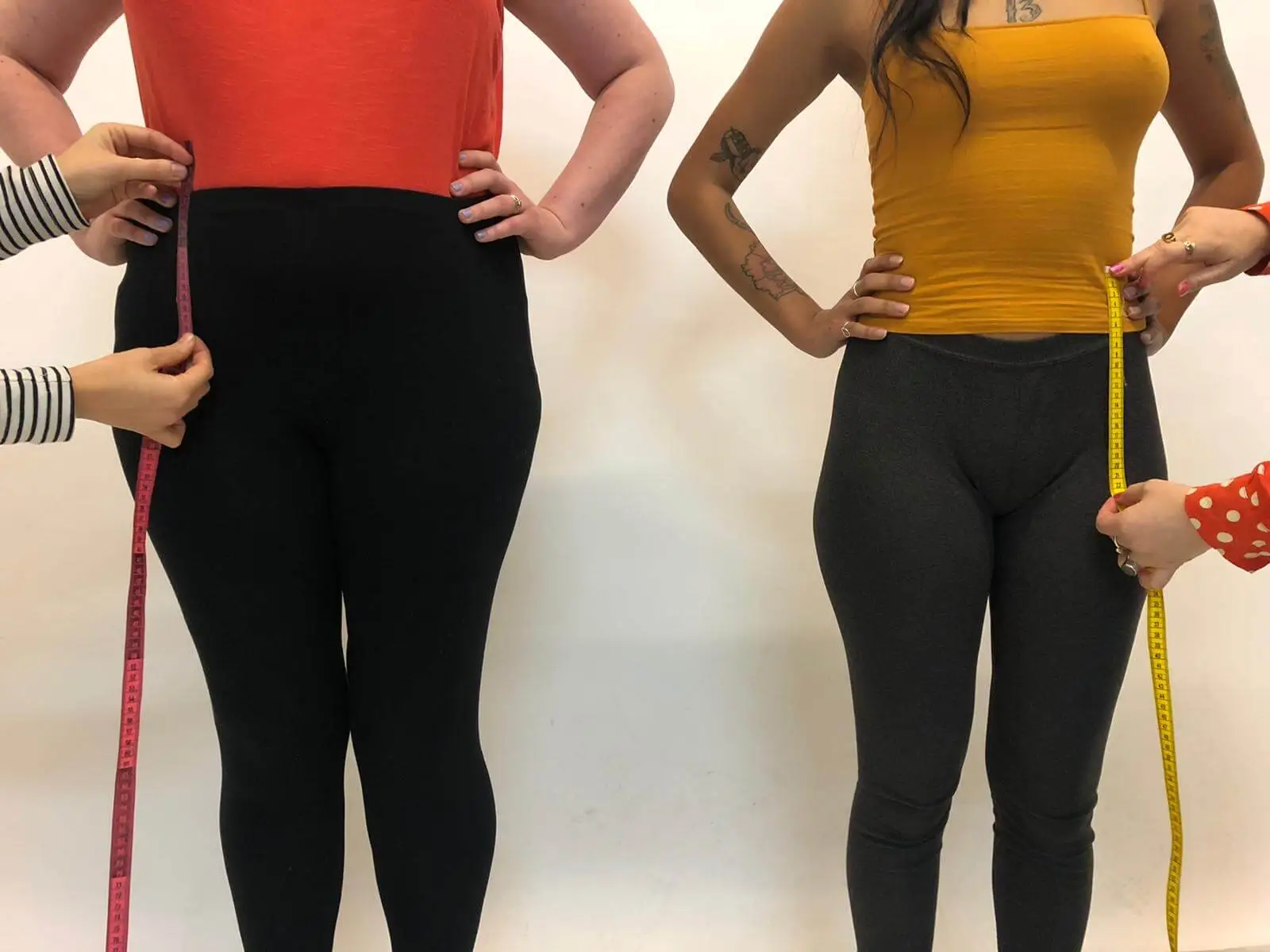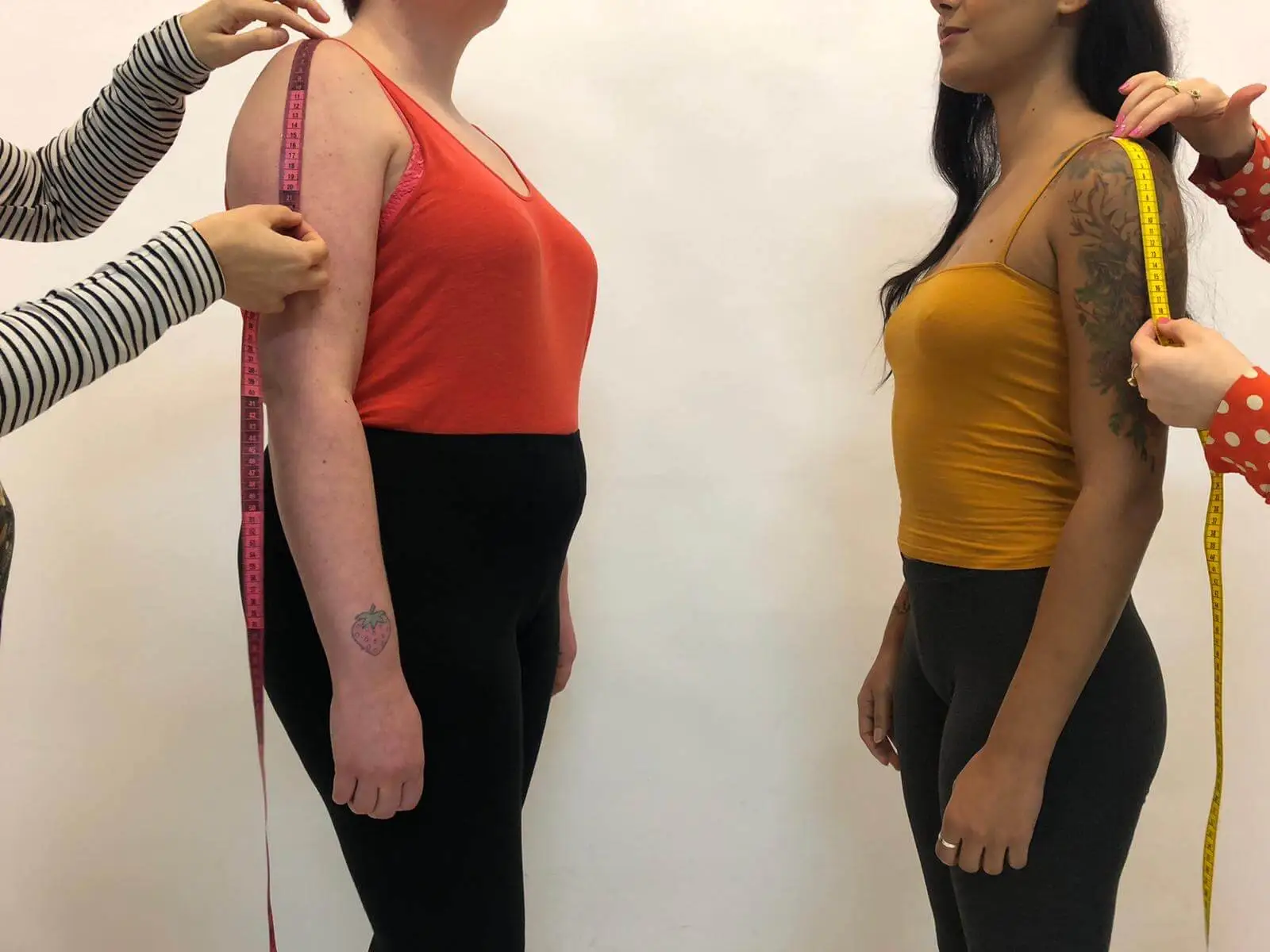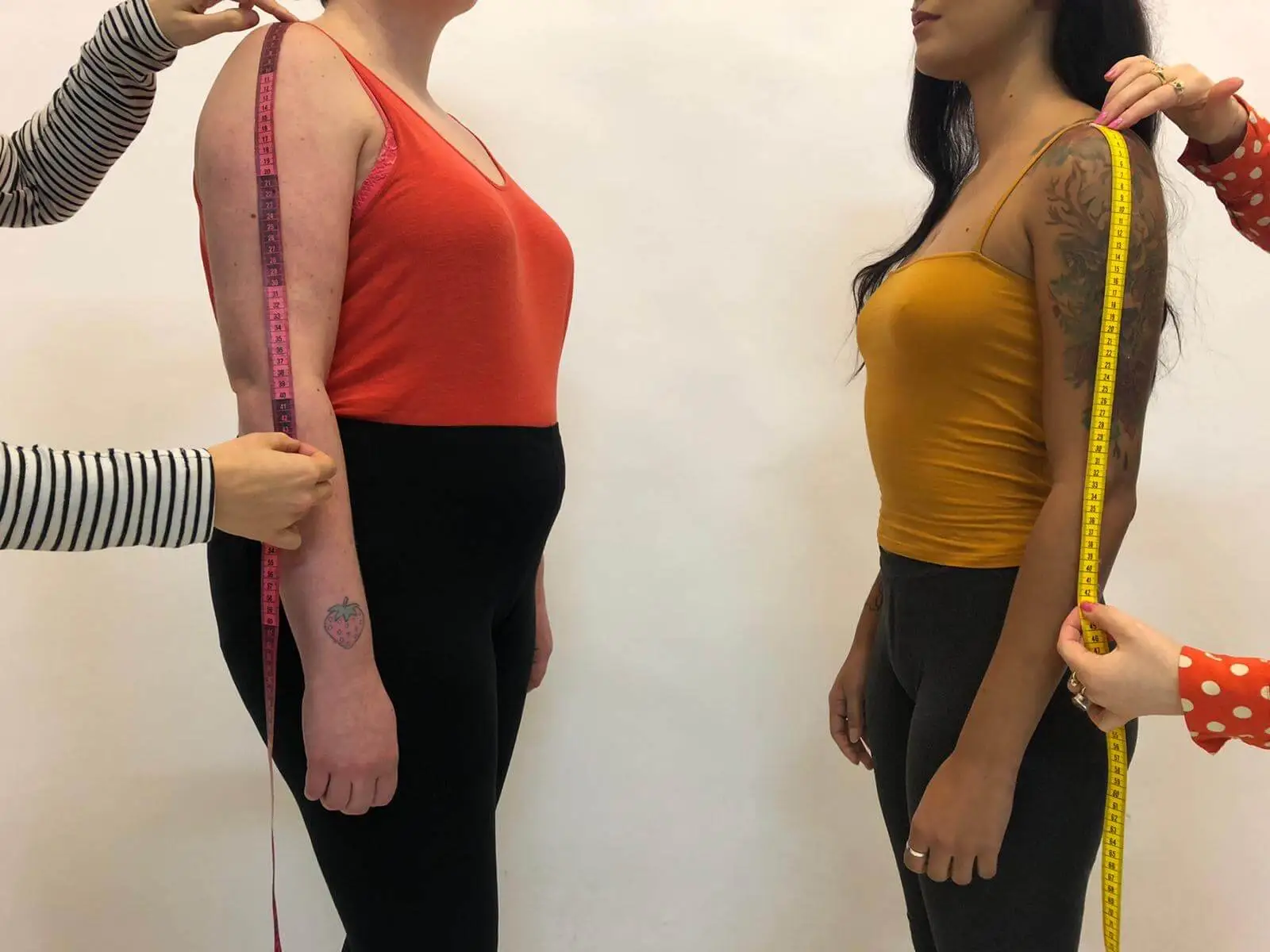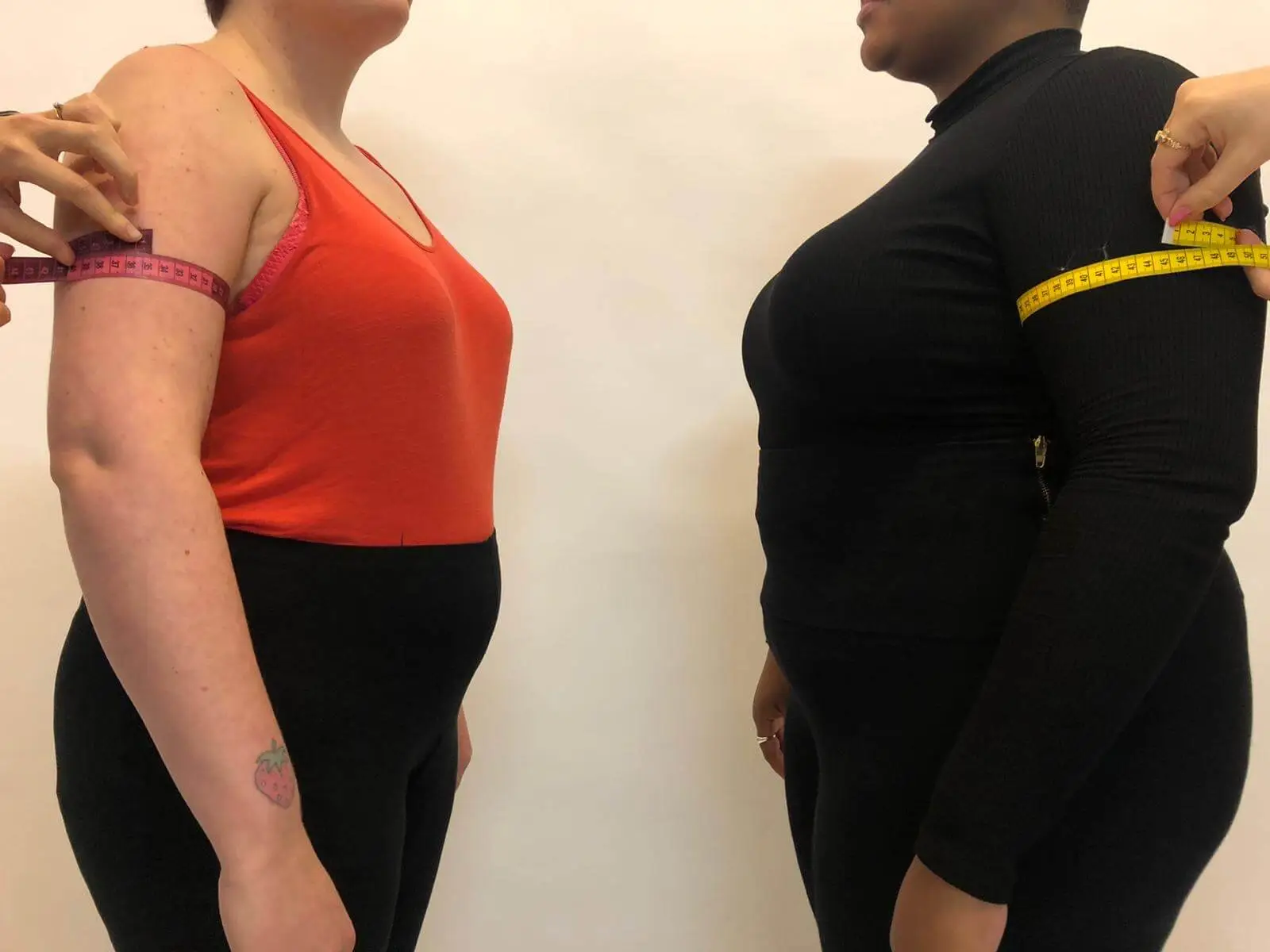Behind the scenes of becoming more size inclusive as a brand

05
Apr
Ok this is a bit of an essay but there are so many aspects to the topic of becoming size inclusive it would be a dis-service not to be fully transparent and give space to the ‘difficult’ parts of the conversation.
Realisation + apology
I’ve been pretty vocal recently on my biggest mistake as a business owner but let’s get this in writing: up until this year I have been guilty of marginalising people of all shapes + sizes with my fashion brand by creating clothing just for people who looked similar to me.
For the last few years our size range has been UK 6-8 to UK 14-16. This is ridiculous, unrealistic and most of all unfair, especially in a country where the average size is UK 16. Every single person deserves to look and feel awesome. To have the same amount of choices as everyone else and not feel ignored and stigmatised.
Having stepped back, looked outside my own experience and privilege as a thin person I’m ashamed of my complicity in the fashion industry’s marginalisation of plus size people up until now. You can see my original video apology in our ‘New sizes’ Instagram stories highlight on our profile but one apology isn’t enough.
It’s important to keep having the conversation over + over again. This blogpost – requested by many of you in a recent instagram poll – is a behind the scenes look at how our brand is becoming more size inclusive, it’s a look at the mistakes and assumptions I’ve made as a business owner and an update on our commitments to diversity and inclusivity for the rest of 2019.
But before we get stuck in… I am sorry for being part of the problem and creating a brand that marginalised so many of you. I’m sorry it’s taken me so long to realise and take steps to rectify this. Thank you for your support over the past two months which certainly wasn’t earned by my brand’s actions up til now.
What the process entails
Ok so what does increasing your size range actually mean in practical terms?
I can only speak to our experience and business practices. We are a small brand who make every single one of our garments by hand. This means we have limited resources, we do EVERYTHING ourselves and do not necessarily follow industry practices like many other small, medium and massive brands. Myself and my team are mainly self-taught with a lot of freelance experience and personally some self-investment in sewing lessons etc before I started my business and a small qualification in pattern-cutting a couple of years ago.

It’s important to give context to our experience in this way because for people reading this who may never have worked in fashion or who don’t know how to sew – I don’t want you to leave thinking that the way we do things is necessarily the way this process would work across all brands.
For us it began with deciding the body measurements for our new sizes. Louisa & I looked at our current sizing – the difference in inches between each size and replicated this upwards for our new UK 16-18 and UK 18-20 sizes and downwards for our UK 4-6 size.
| UK | EU | US | BUST | WAIST | HIPS | |||
| 4-6 | 32 | 2 | 32in | 81.5cm | 25in | 63.5cm | 35in | 89cm |
| 6-8 | 34 | 4 | 34.5in | 88cm | 26.5in | 67.5cm | 36in | 91.5cm |
| 10-12 | 36 | 6 | 36in | 92cm | 28in | 71.5cm | 38in | 97cm |
| 12-14 | 38 | 8 | 40in | 102cm | 32in | 81.5cm | 42in | 107cm |
| 14-16 | 40 | 10 | 44in | 112cm | 36.5in | 93cm | 47in | 119.5cm |
| 16-18 | 42 | 12 | 50in | 127cm | 42in | 106.5cm | 52in | 132cm |
| 18-20 | 44 | 14 | 56in | 142cm | 48in | 122cm | 58in | 147cm |
Once we’d decided these measurements it was time to start grading of our most popular garment patterns. I pattern-cut every design and then we manually ‘grade’ them to different sizes with rulers, pencils, masking tape, a lot of tea and the odd swear-word here and there.
Manually grading means increasing or decreasing the size of each pattern piece that goes into making a garment in increments determined by the measurements you’ve set for each of your sizes. This is something bigger brands would pay to have done digitally. I can see the benefits of this and maybe it would be something I’d consider in future if budgets allowed but personally I prefer to maintain control over the changes we are making to our patterns.

It’s also not just about objectively adding or taking away the surface area of the garment it’s also taking into account the shape of bodies and altering the designs where needed for example: if your chest is bigger you’ll want your top to be longer to accommodate the size of your bust, if your chest is smaller you’ll want smaller bust darts.
Once we had graded these patterns it was time for fittings to test out our hard work!
This is where I have to give a huge thank you to Lydia Morrow of What Lydia Made. Having seen Lydia’s frustration about lack of size inclusivity from other brands in her Instagram stories I got in touch to see if she’d be up for helping us develop some of our new sizes. Lydia has been absolutely amazing. Not only has she given us really helpful feedback, she has also encouraged and supported us more than I can say. This is what sustainable fashion is about – a community full of supportive relationships – helping to bring about positive change.
Many of you have followed us since Lydia featured us numerous times in her stories and on her grid. I’m going to share some of your messages (anonymously) shortly so please bear with me her but we were inundated and completely overwhelmed by how many of you got in touch offering to help us as ‘fit models’ to test the new sizes of our designs. Thank you!



Through those fittings we took in garments here and let out garments there until we and our fit models were happy with the shape + feel of our dungarees, dungaree-culottes, culottes, crop tops, circle skirts and circle two-pieces.
This isn’t a particularly attractive process with toiles (mock up test garments) made up in unbleached cotton which can be hard for those who don’t sew to see past, but it is the MOST IMPORTANT part of the process because honestly if we’re not going to create comfortable and attractive clothing at the end of all this what is the point?
From this we were able to create our first few pieces of ready to wear in beautiful colours, prints and textures. We have rolled this out for about ⅓-½ of our garment styles so far and will be continuing this process across our whole collection in the coming months (scroll down for our brand commitments).
Does this sound like a lot of work? Not really? Well it wasn’t.
Which begs the question why can’t more brands cater to a more inclusive size range? I have some thoughts on this but let’s hear from you and your experiences first:
Feedback + support
Those fittings, whether virtually like with Lydia, or on site at the studio were not only helpful but really quite emotional.
Here are a handful of the generous, encouraging + critical messages we have received during the call out for fit models, the exposure Lydia gave us and the introduction of our first ready to wear designs by our amazing models Mary + Nyome:










Thank you to everyone of you who got in touch, who supported, encouraged and criticised us. We appreciate your time, thought, care and energy.
It speaks to my privilege and ignorance that I felt overwhelmed by the reactions and stories that many of you shared with us when Lydia and others announced our new sizes.
If I’d taken a moment to think about it, it wouldn’t have been a surprise to me to hear that so many of you felt neglected, overlooked or dis-serviced. That one of our friends who gave their time to be one of our UK 16-18 fit models said she hadn’t worn trousers in years because she couldn’t find any that fit properly on the high street or online.
But that is how privileged blind spots work and why it’s so important to look outside of yourself and listen to others, especially as a business owner in the ‘ethical’ sphere.
Mary wears our ‘I heart dungarees’ UK 16-18
Why brands don’t do better
Honestly I feel 9 times out of 10 it’s that they don’t see that there is an issue and they don’t change because they don’t have to.
I can’t personally talk to the experience of big brands except as a consumer. But it’s a really troubling trap especially for small labels founded by individuals that those people often just blindly design for people that look like them rather than start out designing inclusively. This is why I so admire people like What Lydia Made whose business model centres around being inclusive from the outset (and acknowledges her own blindspots, consistently challenging herself to do better).
It also speaks to who has the power (please see Aja Barber’s work + pay her for it) and the means to start a fashion label. I am a cis middle class thin white woman who has been incredibly privileged to have lots of support, particularly financial support, from family and friends to make my ‘dream job’ a reality. I would not be able to do any of this without that support and this is a privilege that I am very aware of and grateful for, but one that is not available to lots of makers, particularly those who come from marginalised communities and low incomes.
The other major elephant in the room is that I also hold a lot of social privilege within our capitalist, white supremacist, homophobic, ableist society, as a thin white straight abled-bodied woman, all of which adds up to even more of a cushioning support up the ladder which I have in no way earned. My intention here is not to centre myself but to highlight the inequalities that lead to people like me having more of an unfair advantage and chance of success in starting a fashion start-up and therefore more of a platform to (whether knowingly or not) perpetuate the white, fatphobic, ableist vision of beauty and worth that our capitalist society has kept at the forefront if we simply choose not to recognise our privilege.
Because for people like me it is a choice – it is a privilege to not have to recognise our privilege – because society and the media centre us and congratulate us for just moving through the world. You’ll notice I haven’t mentioned sexism here – yes we live in a patriarchy which I am very much against but especially in industries like fashion the privileges of being a young thin white middle class cis woman override much of the disadvantages that we experience through sexism.

So how can we as business owners and fashion brands change the narrative? Yes it takes effort and resources to be more inclusive but honestly how much does it really take?
Much of it comes down to motivation, decision-making and LISTENING to your customers and those within (and those often on the ‘outskirts’) of your community. Starting with a conversation I had with the amazing Kitty Underhill last year I have actively sought out voices and accounts that are different to mine on social media, listened and amplified where appropriate. We have so much to learn and gain by listening to others.
Choose to place inclusivity at the core of your business model, commit to doing this better each day, consider and change your language and have the conversations publicly where appropriate and in a respectful way. Amplify the voices of others who know more, have more authority and are sharing their stories, especially if they have less privilege than you. Pay them for their services and content if they’ve meant that much to you and you are using them.
Nyome wears our ‘Cotton Candy’ Dungarees UK 18-20
Choose BIPOC, LGBTQ+ and plus size models and brand representatives not in a tokenistic way but because there are millions of talented, beautiful people out there who are already doing awesome work who you would be massively lucky and should be honoured to work with. You don’t have to scroll back that far through our feed to see this is not something we have been doing for the whole time our business has been running but it’s about doing better every day than you did before.
None of this easy but that’s not the point. It’s necessary and vital to make these changes because it’s the right thing to do. Yes you are going to fuck up and say the wrong thing. Listen, apologise, create inclusive solutions and do better. As a brand we are far from perfect – I’m sure there will be those that I haven’t included properly in this post but if/when I’m told that I will credit and apologise and remember that generous feedback for next time. It has to be about deeds not words, impact not just intentions. Please check out Marielle Elizabeth’s ‘Size Inclu Rant’ stories highlight for why this is just so important for the the whole of sustainable fashion – when you as a brand don’t deliver on promises to be inclusive you let the whole community down.
Our commitments going forward
Mary is wearing our ‘Pretty Posy’ Circle Two-Piece UK 16-18
There are so many ways in which I want to improve our brand and some of these changes will take longer than others but here is what we have planned for the rest of 2019:
- Continue to grade our patterns so that our entire range is available at sizes UK 4-6 to UK 18-20
- Start the grading process again to extend our range to include UK 20-22 + UK 22-24 – bare in mind that our current UK 18-20 is equivalent in body measurements to an ASOS 26 and that from feedback the jump in between our sizes is quite generous we hope that this will be mean proper size inclusivity. If it doesn’t we will continue to grade!
- To continue working with awesome models of all sizes, ethnicities, genders and ages! We are always on the lookout for models for our Brighton (UK) shoots. We work with both professional models and non-professional models which include our customers, friends and random people I occasionally scout in the shop, on the street + online… We’ll be adding a ‘model with us’ page to our site soon.
- To remove gender binary language from our site and marketing. Inclusivity includes not assuming how people identify. We’re selling clothing not labels – it’s our responsibility to make that clear in our content.
- To begin conversations with individuals – and budget-allowing – accessibility consultants to test our garments and see where changes need to be made to make them more suitable for disabled customers so that everyone can enjoy our designs.
- To collaborate with more sustainable fashion, plus size, BIPOC, LGBTQ+ and disabled influencers (check out our ‘Amplify’ Instagram highlight for some of our faves). This one is really hard because despite what I’ve mentioned earlier about privilege and financial support it is challenging as a small business to turn a profit and have a marketing budget, especially when you are a living wage employer. We currently invest in diversifying our models (who all get paid the same above living wage rate no matter they’re professional status), in our team and in our community by offering free traineeships for people who want to develop their sewing skills (would love to get this funded one day) which leaves very little budget for paying influencers etc for collaborations.
This isn’t a justification or an excuse – I believe everyone should get paid, especially those who are already marginalised within our society. As we grow I hope this will change and we can invest in these relationships too, for now I am putting it out there that we are always up for a conversation on trading garments (including our design your own service) for features.
Sounds ambitious? Yep.
And we may not achieve all of these things in this time-frame (we probably won’t) but that’s ok as long as we are moving in the right direction and doing better each day.
Nyome wears our ‘Rainstorm Roses’ Circle Two-Piece UK 18-20
If you appreciate our ethos and want to see us succeed in our mission please support us by buying our products, sharing our posts and telling your friends. The only way small sustainable brands like ours can grow and make an impact is by reaching more people and growing their customer base.
If we aren’t yet catering to your size please still get in touch with your measurements because 9 times out of 10 we can make you one of our garments as a design your own order while we sort the rest of our grading.
Are we affordable for everyone? Truthfully no. I’d say for more than half of our customers we are a considered purchase. However if you compare the customisable nature of our products, the impact of our business model (using vintage + end of roll fabrics, paying a living wage), the longevity of our products and the quality of our customer service we hope you will find that our pricing is very fair.
If you’ve made it this far through my essay of a blogpost I’d love to hear your thoughts on any and all of the above, positive or otherwise! You can leave a comment below, email us via info@theemperorsoldclothes.co.uk or get in touch with us via Instagram @emperorscloth
And of course you can shop our current collection of one of a kind handmade clothing here + design your own garment with us here.
What’s your Reaction?
1
